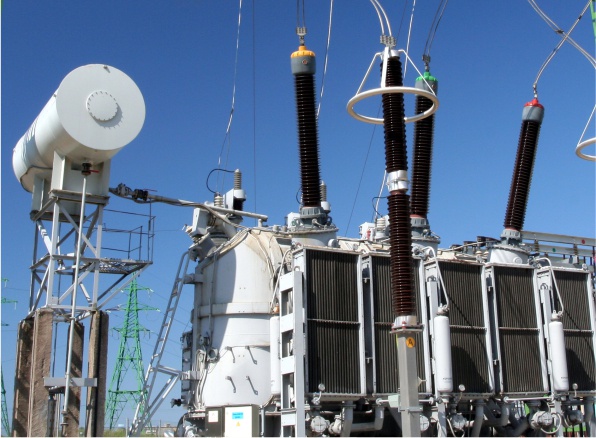A bushing is a vital part of a transformer that is important to enabling secure and effective electrical energy transmission between the lower-voltage external circuits and the high-voltage internal components. It acts as a conduit for electrical currents while preserving isolation and guarding against any potential electrical risks between the energised conductor inside the transformer and the grounded tank or external electrical system.
A transformer bushing's main job is to connect the internal winding of the transformer to the external power system by acting as an insulated conductor. Depending on the transformer's construction and intended use, this enables electrical energy to move from the high-voltage winding to the low-voltage winding or vice versa. Power transformers, distribution transformers, circuit breakers, and other high-voltage electrical equipment frequently employ bushings.
Key Components and Types of Transformer Bushings:
To maintain dependable electrical isolation and reduce losses, transformer bushings are typically built of high-quality insulating materials. Paper, porcelain, or composite materials like silicone rubber, epoxy, or paper soaked with oil can all be used as insulation.
The conductor, often referred to as the core of the bushing, is typically constructed of a conductive substance, such as copper or aluminium. This conductor enables a smooth passage of electrical current between the transformer's internal and external components.
The bushing's flange attaches to the transformer tank or other equipment. It enables a safe and leak-free connection and offers mechanical support.
Some transformer bushings have an oil expansion chamber to handle the insulating oil's thermal expansion and contraction while the transformer is operating. This function assists in preserving ideal oil levels and guards against potential harm brought on by excessive pressure.
Types of Transformer Bushings:
Paper Bushings Impregnated with Oil:
The main insulating component of these conventional bushings is paper that has been soaked with oil. They are frequently utilised in smaller distribution transformers and older transformer designs.
Porcelain Bushings
Ceramic bushings are very strong mechanically and are good electrical insulators. They are frequently found in circuit breakers and medium- to high-voltage power transformers.
Composable bushings
Modern inventions like composite bushings use silicone or epoxy rubber as the insulating component. They have a number of benefits, including lighter weight, increased pollutant resistance, and improved performance in adverse weather.
Importance of Well-maintained Bushings:
The overall effectiveness and dependability of the electrical system depend heavily on the proper maintenance of the transformer bushings. To find any deterioration or possible problems, including partial discharges or oil leaks, which can cause equipment failure and power outages, it is critical to conduct routine inspections and testing. For safe and uninterrupted power transmission and to avoid expensive downtime, damaged or ageing bushings must be promptly replaced.
In conclusion, transformer bushings are essential parts of electrical power networks because they offer a safe and shielded path for the transmission of electrical energy. Modern composite bushings offer better performance and dependability because to developments in materials and design. The need of properly maintained bushings is crucial in sustaining the reliable and effective electrical grid that powers our daily life even as technology advances.


No comments yet